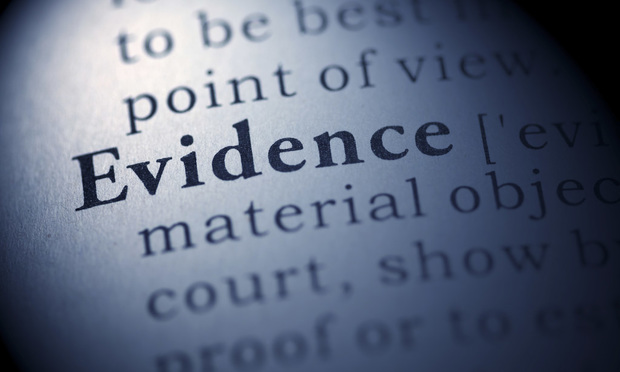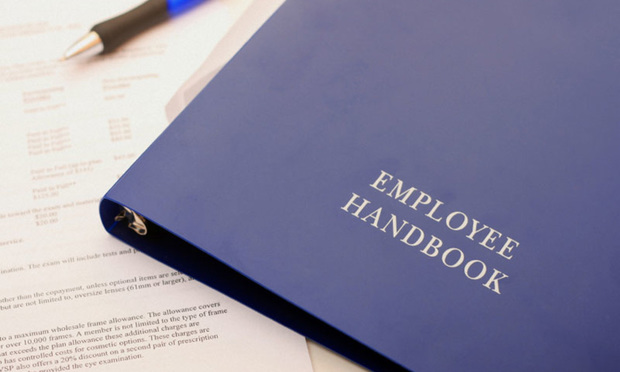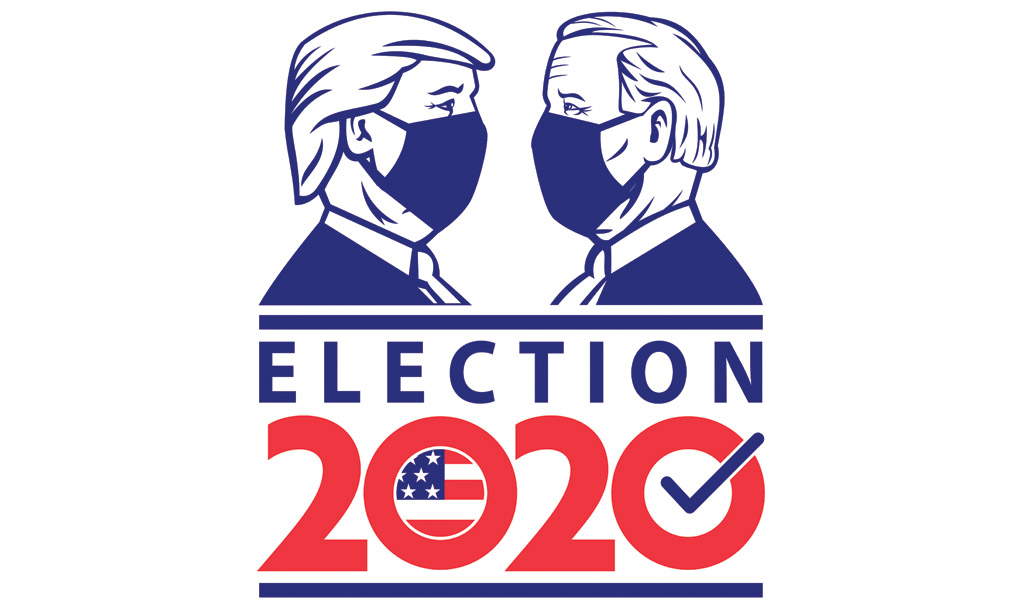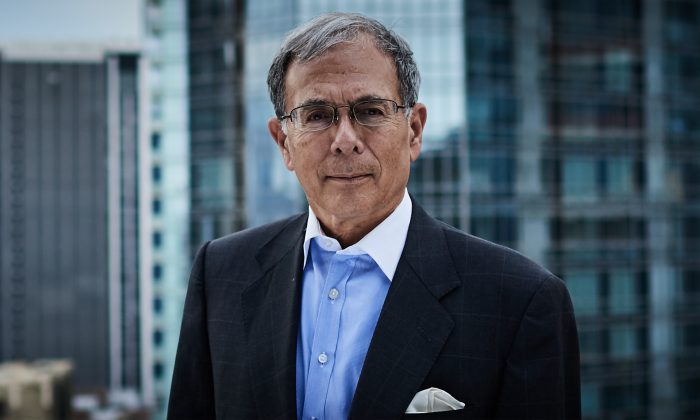
February 02, 2021 | New York Law Journal
COVID-19 Defenses: Case Law UpdateIn their last column, Warren A. Estis and Alexander Lycoyannis discussed the COVID defenses of impossibility and frustration of purpose and analyzed two of the first known decisions applying them in commercial landlord-tenant disputes during the pandemic. Here, they summarize four recent lower court rulings applying the COVID defenses in commercial landlord-tenant cases.
By Warren A. Estis and Alexander Lycoyannis
7 minute read

February 02, 2021 | New York Law Journal
Still in Its Infancy, the Due Process Protections Act Begins To Show PromiseOn Oct. 21, 2020, President Trump signed the Due Process Protections Act. While the act does not contain the sweeping substantive changes to 'Brady' disclosures that were proposed in the FDEA, it represents an important step toward ensuring that the accused has access to exculpatory evidence that could prove their innocence.
By Marc L. Greenwald and James Meehan
10 minute read

February 01, 2021 | New York Law Journal
Liability for Transmitting COVID-19In their Medical Malpractice column, Thomas Moore and Matthew Gaier discuss both historical and modern precedent that helps answer the current issue during the COVID-19 pandemic as to whether people who infect others by engaging in negligent conduct may be held liable for the damage they cause.
By Thomas A. Moore and Matthew Gaier
14 minute read

February 01, 2021 | New York Law Journal
Three Years After 'CalPERS': Still No Flood of Opt-OutsThree years have now passed since 'CalPERS,' providing an opportunity to consider whether courts have been inundated with placeholder actions in response to the decision, as predicted by the petitioner and its amici. The evidence demonstrates they have not.
By Victor L. Hou, Jared Gerber and Douglas Gretz
8 minute read

January 28, 2021 | New York Law Journal
New York Lawyers for the Public Interest Names Anthony Karefa Rogers-Wright as Director of Environmental JusticeAnd other announcements of recent hirings and promotions of New York attorneys.
By Patricia Kane
3 minute read

January 28, 2021 | New York Law Journal
Employment and HR Law in 2021: What To ExpectAs employers look forward to a new year, there will undoubtedly be lingering and prevalent effects from 2020. This article summarizes the issues and challenges employers faced in 2020 and what they can expect in 2021.
By Stacey A. Usiak and Andrew P. Yacyshyn
8 minute read

January 28, 2021 | New York Law Journal
A January Massacre Averted and the Lawyers Who HelpedAmid the events surrounding President's Trump efforts to use the Justice Department and the courts to overturn the election of Joe Biden, there were some standout lawyers and judges who held up under pressure and put the law and their professional obligation first.
By Bruce A. Green and Rebecca Roiphe
4 minute read

January 27, 2021 | New York Law Journal
Evidentiary Issues Unique to Trusts and Estates LitigationA discussion of the most common evidentiary obstacles trusts and estates litigators should be aware of, including: (1) the probate exception to the attorney-client privilege; (2) how to invoke the Three-Two Year Rule; and (3) the Dead Man's statute.
By Julian B. Modesti and Meaghan T. Feenan
6 minute read

January 26, 2021 | New York Law Journal
Realty Law DigestScott E. Mollen, a partner at Herrick, Feinstein, discusses "Avail Holding LLC v. Ramos," where the court awarded attorney fees based on quality of work product and extensive experience, and "G Family Holdings LLC v. Washington-West 11th St. Owners Corp.," where defendants were denied reargument on the issue regarding a surviving private nuisance claim.
By Scott E. Mollen
13 minute read

January 26, 2021 | New York Law Journal
Cluster Zoning: A Win-Win for Municipalities and DevelopersA well-established subdivision tool allows developers to realize the full yield of their property while protecting environmentally-sensitive resources.
By Anthony S. Guardino
9 minute read



